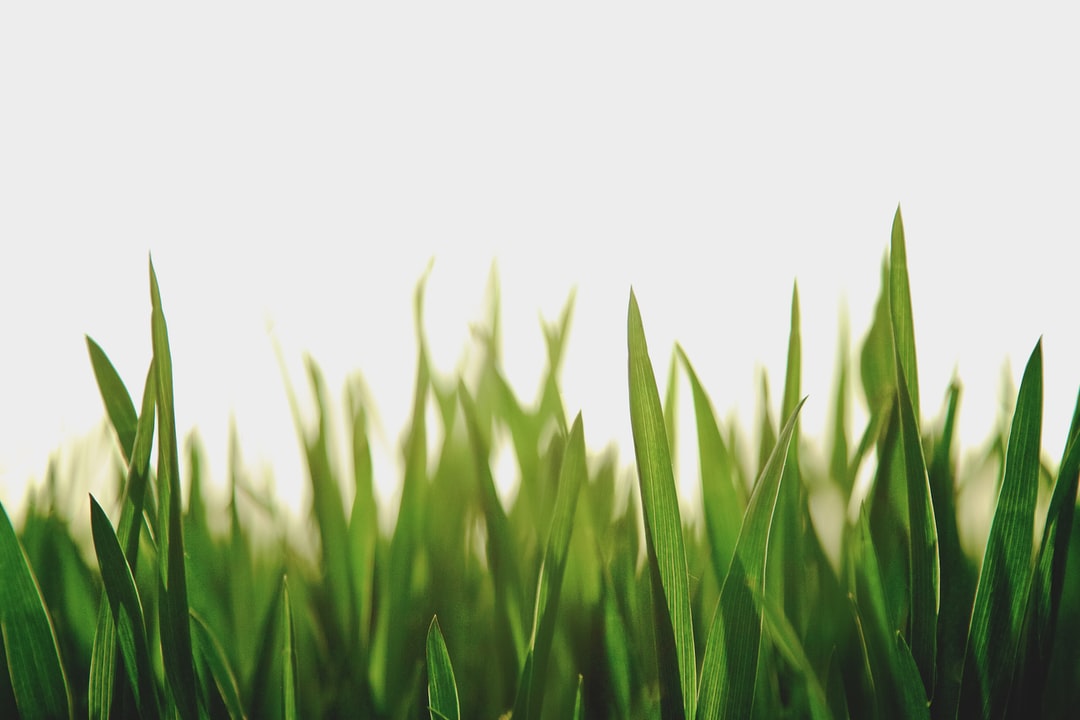
Five Different Grass Types to Try on Your Lawn
There are more than 1,400 different species of grass in the United States. So, when you’re seeding your lawn, you may be overwhelmed trying to pick the right type.
Well, we can help you out. Let’s go through the different grass types you might want to consider for your home.
1. Bermuda Grass
If you’re not afraid of a little maintenance, Bermuda grass could be a good fit for your needs. Bermuda grass doesn’t tend to do well in shady areas, and it’s best for people who live in warmer parts of the country.
Bermuda grass is coarser in texture. It requires regular watering, so you’ll need to think about your sprinkler setup if you’re considering Bermuda grass. Bermuda grass can be cut very short, though, so you won’t have to mow it quite as often.
2. Bluegrass
People who live in cooler climates may want to think about using bluegrass for their lawn. It’s darker in color than other commonly used species of grass.
Bluegrass also regenerates more easily, which means that it tends to last longer. But, bluegrass is better in direct sunlight than in the shade.
You can also mix different varieties of grass together. Bluegrass is one that’s often mixed with other grass species to make it stronger and more lush.
3. Perennial Ryegrass
Another type of grass that does well in colder areas is perennial ryegrass. This is one of the best lawn grasses if you’re looking for something that holds up to a lot of traffic.
If you want to keep your new perennial ryegrass lawn happy and healthy, you’ll want to bring in the professionals. Contact holmesutah.com for all the help you need.
4. Centipede
Those who are looking for kinds of grass that are lower-maintenance can think about trying centipede grass. But, centipede grass doesn’t do that well in the cold, so it’s really only an option if you live in the South.
But, centipede grass can also grow in soil conditions that other types of grass cannot. For example, if your soil is high in nitrogen, centipede grass can still grow and thrive.
Centipede grass is thick and light-green, and shorter than other varieties of grass. It doesn’t need to be fertilized as often as some other types, but it does need to be watered regularly. That’s why it’s a better choice for rainier areas.
5. St. Augustine
This type of grass is somewhat similar to Bermuda grass. However, it tends to be more lush than Bermuda grass. St. Augustine grass also does better in shady areas than Bermuda grass, although it’s still best suited for warmer areas of the country.
Choose From These Grass Types Today
Clearly, the different grass types all have pros and cons. You just need to figure out what the right choice for your home is.
Do you need more help with yard maintenance and more? Some of the other posts on this website may be helpful for you.
